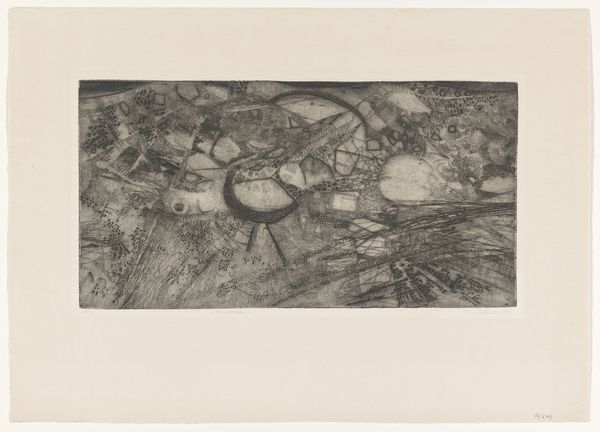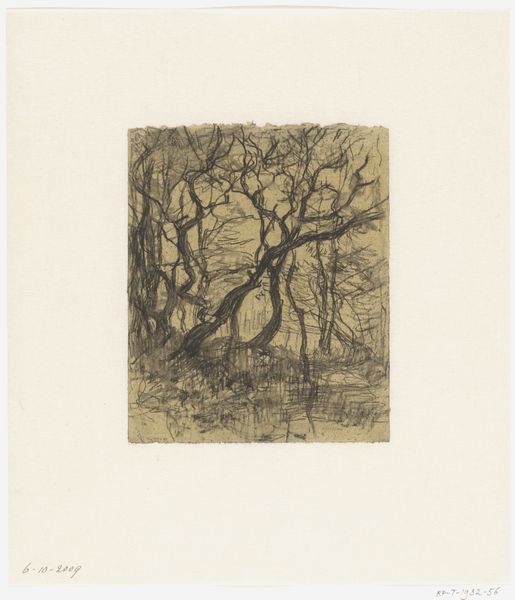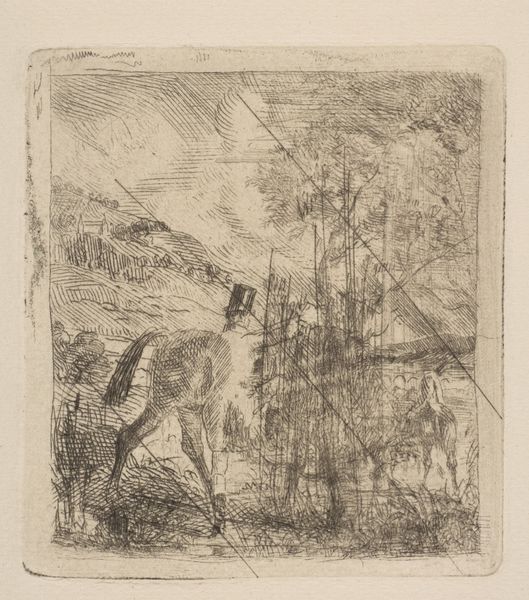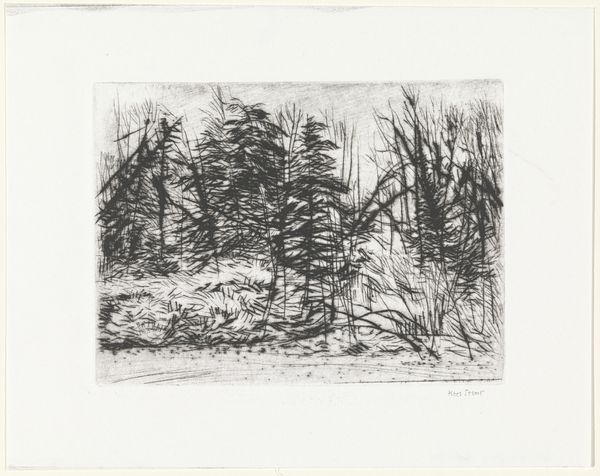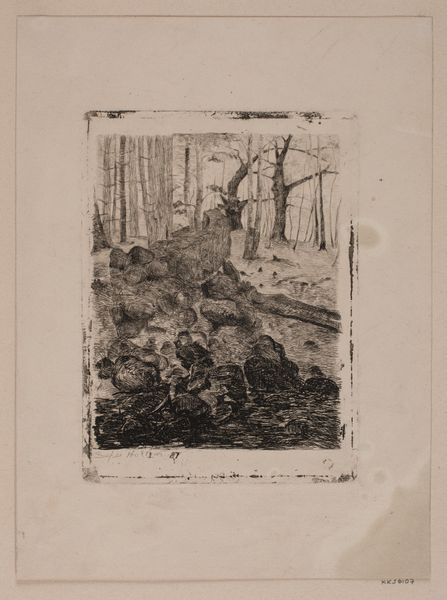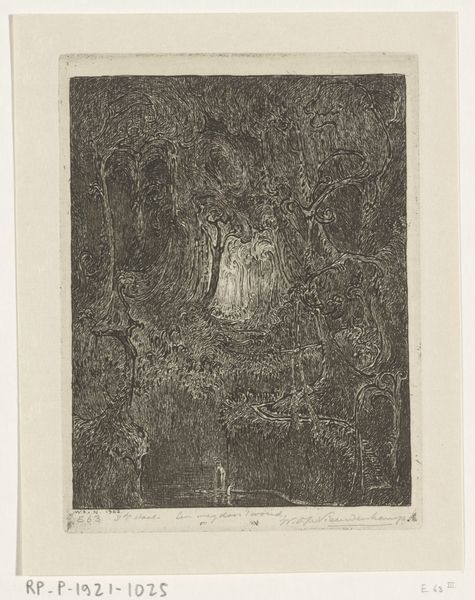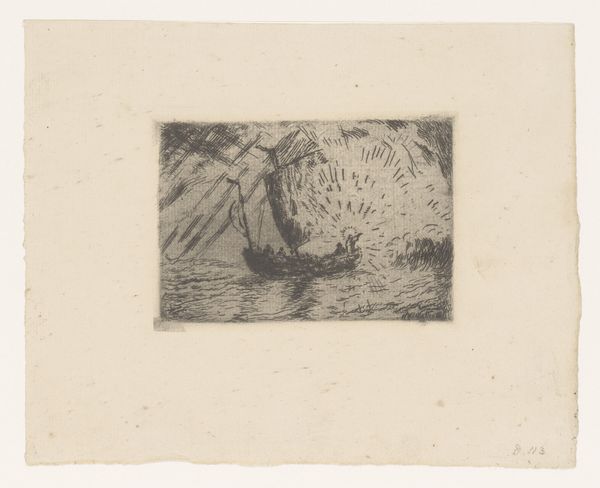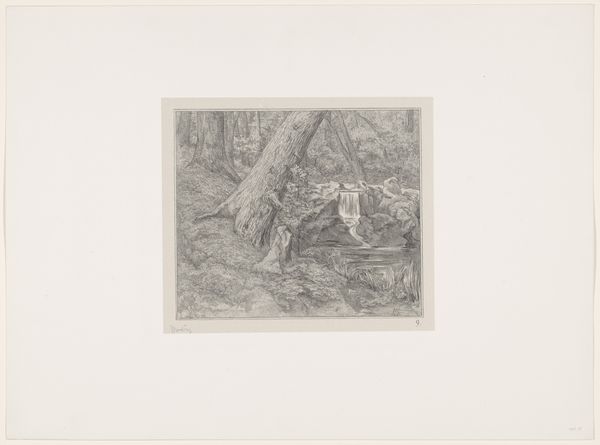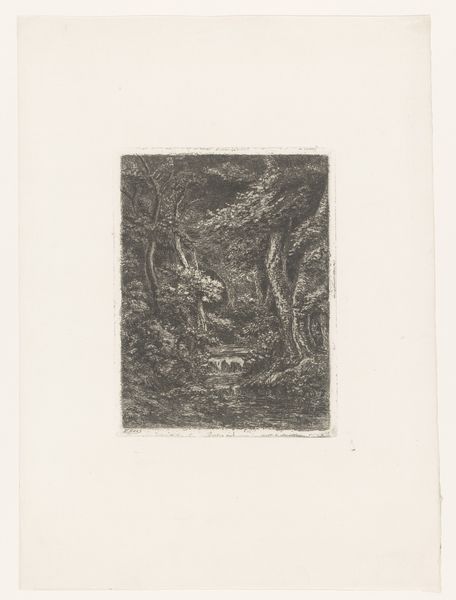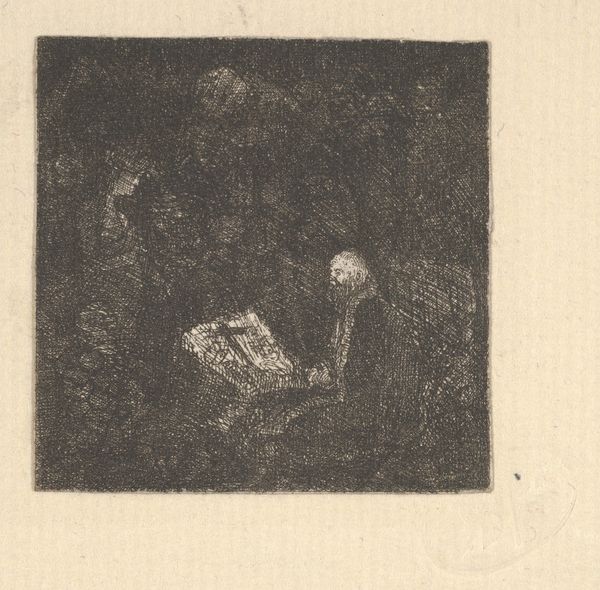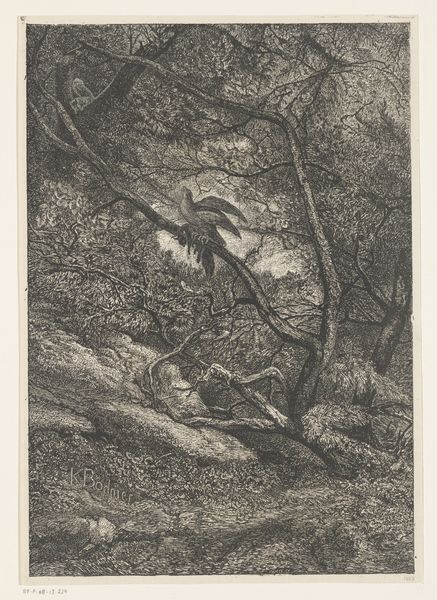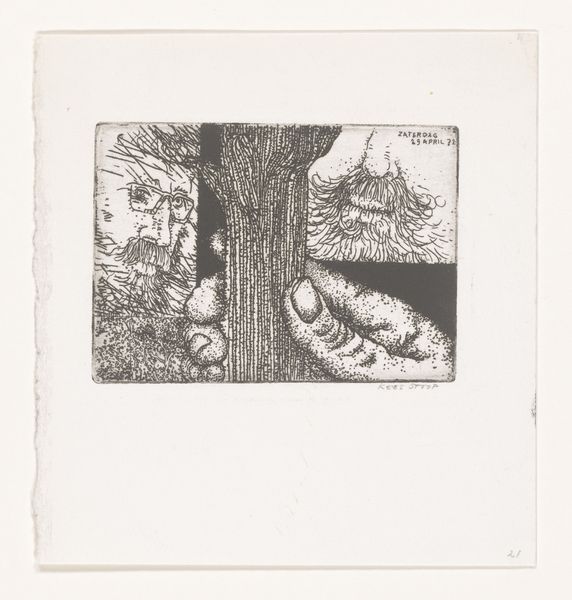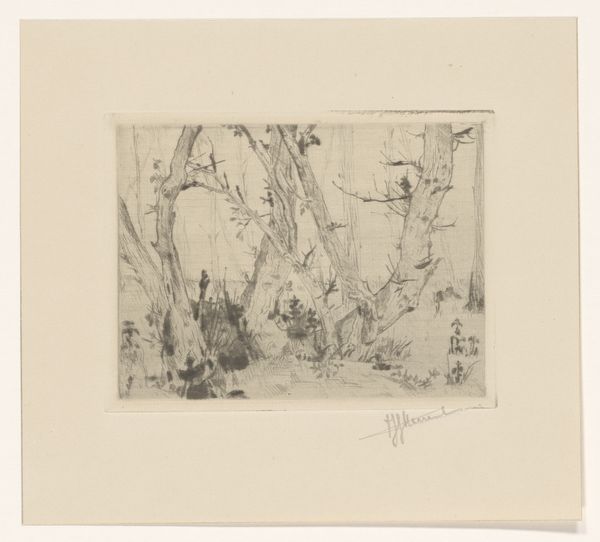
drawing, graphite
#
drawing
#
dutch-golden-age
#
graphite
#
realism
Dimensions: height 170 mm, width 195 mm
Copyright: Rijks Museum: Open Domain
Curator: Here we have Jan Mankes' drawing, "Nest met drie eieren," placing it somewhere between 1899 and 1920. It's rendered in graphite. Editor: It feels intensely intimate, wouldn't you say? Almost like peering into a secret. I imagine the artist hushed, breath held, as he sketched. Curator: Hush is the word. There is incredible sensitivity here; consider the economy of the materials used. Just graphite on paper, but the effect is richly evocative. It is interesting when one thinks about Mankes' own health. Diagnosed early with tuberculosis he would’ve spent a long amount of time in isolation and so still life, such as this one, offered solace in some way. Editor: Exactly, the work carries a sense of stillness, vulnerability. Those eggs, pale and delicate, cradled within the rough texture of the nest. They whisper promises of new life, a gentle counterpoint to the fragility we also feel present. The nest-building is fascinating when one thinks about this human-avian collaboration between nature and us humans who try to dominate the nature as well! Curator: We tend to isolate the artist, not as a sole actor, but understanding his output as a contribution. The act of creating the graphite drawing reflects an art making system, its reproduction and distribution being influenced by an expanding commercial art market, as well as our individual ability to purchase and interpret Mankes labor. Editor: And it returns us to the small. Small birds, small eggs, a small drawing but all magnified under his touch. The image of course sparks deeper ideas like family and parenthood, even broader social concepts of community and our natural ecosystem! Curator: And let's consider also the societal fascination with the pastoral. As industrialization rapidly transformed life, the depiction of nature became a powerful means of romanticizing and celebrating what was increasingly being lost. Editor: It brings us, maybe not necessarily into that bird's nest, but hopefully a little closer to something precious about life. Curator: Yes, perhaps acknowledging the quiet, observant labour inherent to both art and nature is a useful reflection.
Comments
No comments
Be the first to comment and join the conversation on the ultimate creative platform.
